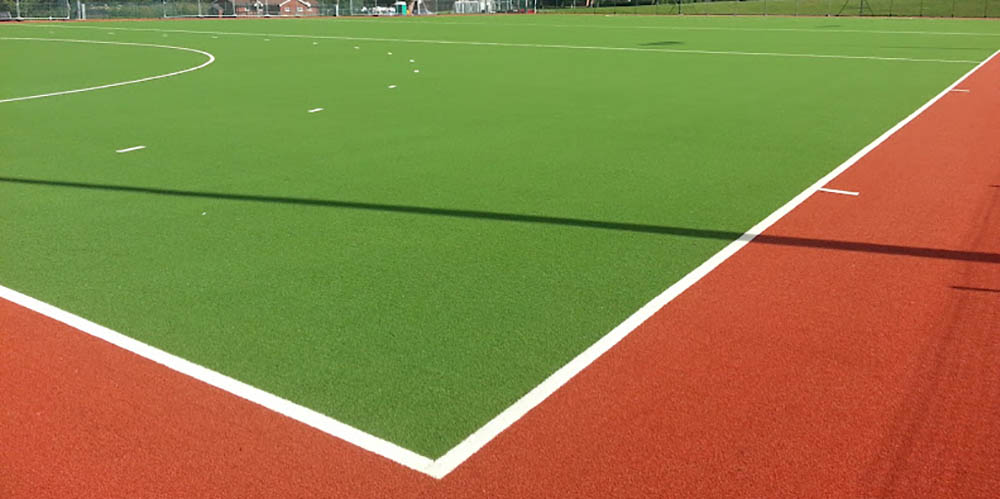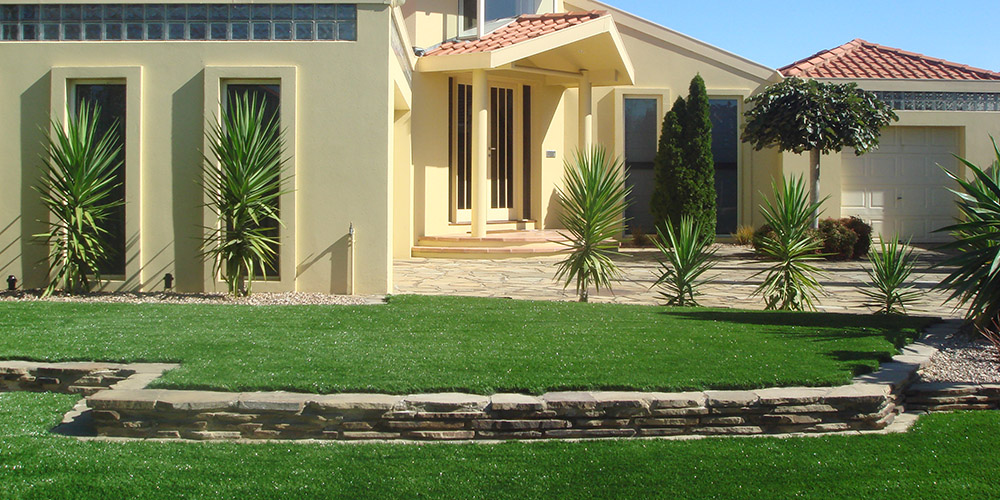Drainage of water is an essential aspect in the case of artificial turf. If you have installed the turf in an area where drainage is not possible, install a drainage system for the turf. You should establish the best drainage system for your best artificial grass. It is crucial as poor drainage can alter turf quality due to standing water. It can also lead to the slipping of your kids and pets and cause injuries.
Some other problems that a poor drainage system can cause are:
- Decreased strength and durability of the turf
- Puddles of water
- Uneven surfaces
- Damaged grass blades
To install a proper drainage system for your turf, you need to hire a good turf company. It will provide you with professional and experienced installers. Before hiring the installers, do some internet surfing about that company. Doing that will protect you from scams, fraud, or low-quality installation. To check the reliability of a company, you can visit its online page. There, you can find customer reviews. Professional sports clubs, government bodies, and international clients also use the products of a standard turf company. This way, you can check the authenticity of a company before hiring its services.
Drainage system:
The establishment of the drainage system depends on the type of surface on which you are installing the artificial turf. Hard surfaces require a different establishment of the drainage system as compared to soft surfaces. There are two kinds of surfaces:
- Hard surfaces like concrete, cement, tiles, steel, stones, etc.
- Soft organic surfaces like soil, clay, gravel, natural grass, etc.
This article will teach you how a drainage system is installed on these two surfaces.

Drainage system for hard surfaces:
Installation of a drainage system on a hard surface like concrete or stones requires a 1 percent minimum slope. You may also need a 2 percent inclination if it’s a place with heavy rain. Establish the drainage system before the installation of artificial turf. You can guide the installer to make it slightly inclined in the base preparation. An efficient drainage system will avoid the formation of puddles after heavy rainfall. The installer drills tiny holes in the backing system of the turf. The holes will help to drain the water immediately in case of rain or water cleansing of the turf.
Drainage system for soft surfaces:
Creating a slope in the base of the turf is the most crucial aspect of establishing a drainage system. But, the process is a bit different from that of hard surfaces. Regular soil demands a minimum 2 percent slope to develop an effective drainage system. Efficient preparation of the ground is also essential before installing the artificial turf. Remove all the dirt, stones, dry leaves, and weeds. Make the surface even and flat before establishing anything. Before placing the turf, make sure to use a layer of geotextile. It will prevent excessive weed growth. The use of geotextile is for preventive measures only, as the backing material prevents the growth of weeds. But sometimes, they can emerge from the draining holes.










